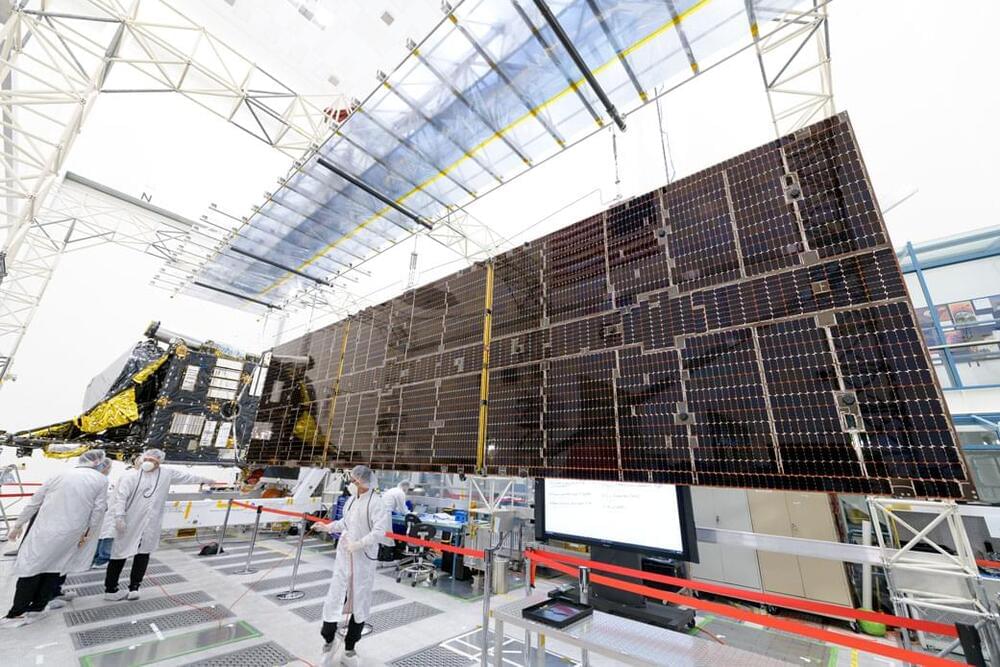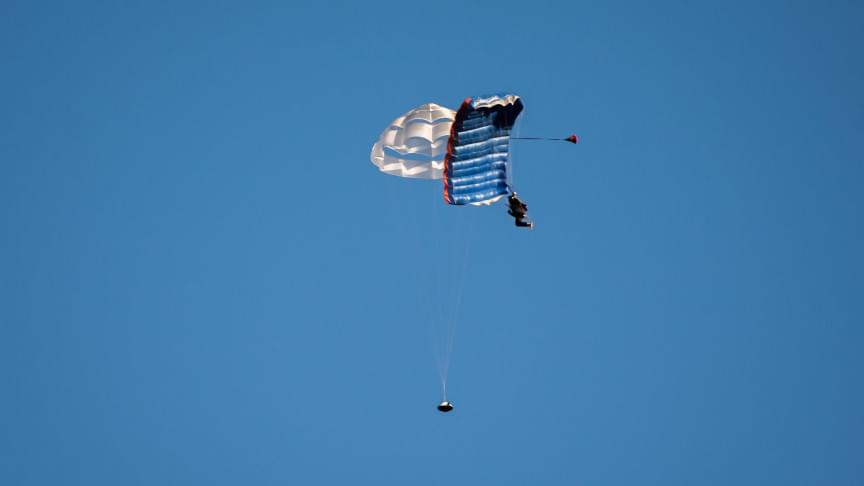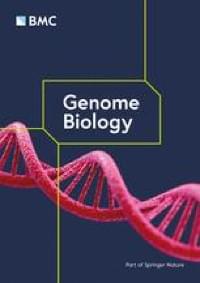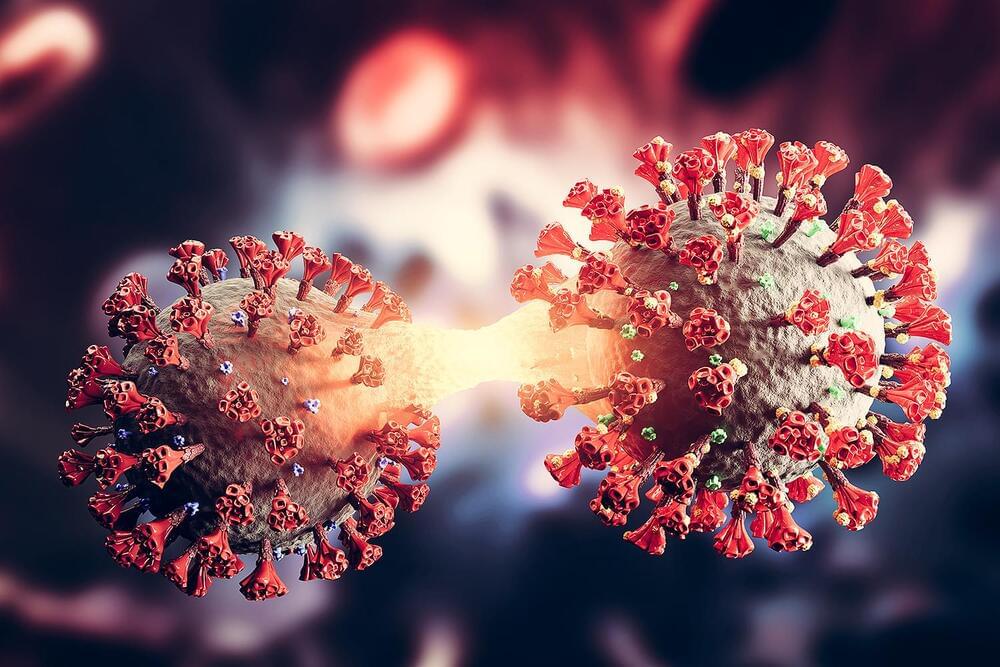
Get the latest international news and world events from around the world.


Gabe Newell: ‘Most of the people talking about metaverse have absolutely no idea what they’re talking about’
Valve President calls metaverse a problem that was solved a decade ago.
Gabe Newell, the co-founder and CEO of Valve Corporation, the company that gave us iconic games like Half-Life and Portal, does not believe in the hype around the metaverse.
In an interview with PC Mag, Newell even went on to say “Most of the people who are talking about metaverse have absolutely no idea what they’re talking about”. ## The hype around the Metaverse.
After rebranding his former social media company, Zuckerberg spent billions of dollars in the last quarter of 2021 trying to build the metaverse. A survey conducted last month found that 78 percent of Americans who knew about the metaverse thought that it was all just hype. It wouldn’t probably ring very well for Mark Zuckerberg if he knew that 65 percent of people in this survey did not want to purchase anything in the metaverse.
While Newell wasn’t talking about one person per se, he called the metaverse ideas floating around a bunch of get rich quick schemes\.
Mark Zuckerberg is spending billions to build and promote the Metaverse, but what does it really offer that we do not already have?


Why Russia is Invading Ukraine
Primarily more oil, gas, rare earths and other natural resources, fertile grounds…
Get a year of both Nebula and Curiosity Stream for just 14.79 here: https://curiositystream.com/?coupon=reallifelore.
Watch the full companion video covering Russia’s Invasion of Georgia here: https://bit.ly/3JUslSL
Please Subscribe: http://bit.ly/2dB7VTO
Select video clips courtesy of Getty Images.
Select video clips courtesy of the AP Archive.
The War in Ukraine Could Change Everything | Yuval Noah Harari | TED
Concerned about the war Ukraine? You’re not alone. Historian Yuval Noah Harari provides important context on the Russian invasion, including Ukraine’s long history of resistance, the specter of nuclear war and his view of why, even if Putin wins all the military battles, he’s already lost the war. (This talk and conversation, hosted by TED global curator Bruno Giussani, was part of a TED Membership event on March 1, 2022. Visit http://ted.com/membership to become a TED Member.)
Visit http://TED.com to get our entire library of TED Talks, transcripts, translations, personalized talk recommendations and more.
The TED Talks channel features the best talks and performances from the TED Conference, where the world’s leading thinkers and doers give the talk of their lives in 18 minutes (or less). Look for talks on Technology, Entertainment and Design — plus science, business, global issues, the arts and more. You’re welcome to link to or embed these videos, forward them to others and share these ideas with people you know.
Become a TED Member: http://ted.com/membership.
Follow TED on Twitter: http://twitter.com/TEDTalks.
Like TED on Facebook: http://facebook.com/TED
TED’s videos may be used for non-commercial purposes under a Creative Commons License, Attribution–Non Commercial–No Derivatives (or the CC BY – NC – ND 4.0 International) and in accordance with our TED Talks Usage Policy (https://www.ted.com/about/our-organization/our-policies-term…e-policy). For more information on using TED for commercial purposes (e.g. employee learning, in a film or online course), please submit a Media Request at https://media-requests.ted.com

The fractured genome of HeLa cells
Circa 2013 o,., o! Unlimited cell division. Basically this means a possibility for unlimited cell division throughout the human body if used in crispr.
Whole-genome sequencing of the widely used HeLa cell line provides a nucleotide-resolution view of a greatly mutated and in some places shattered genome.

What to Know About Deltacron, the Potential New COVID Variant Combination of Delta and Omicron
The World Health Organization has confirmed that the new variant, dubbed Deltacron — a combination of Delta and Omicron — has been detected in the France, Denmark and the Netherlands.


Startup aims to make waves with powerful long-range electric cruiser
Last year, a team of former SpaceX engineers launched Californian marine startup Arc with a plan to develop a luxury electric cruiser with “far superior range, acceleration and performance than any boat in its class.” Now a pre-production Arc One has spent a day of testing on Lake Arrowhead ahead of deliveries to the first customers later in the year.
The first boat out of the company’s factory in Los Angeles is being aimed squarely at the luxury end of the market, and will be produced in very limited numbers.
The spec sheet for the Arc One is actually pretty thin, but the development team has recently upped the power of the electric motor to 500 hp (373 kW) for a top speed of 40 mph (34 knots/64 km/h). The battery size has also been increased by 10 percent to 220 kWh – that’s “three times the capacity of a Tesla Model Y” and is reckoned big enough for users to stay out on the water for between three and five hours per charge, though high speeds will drain the battery quicker than cruising at lower speeds.